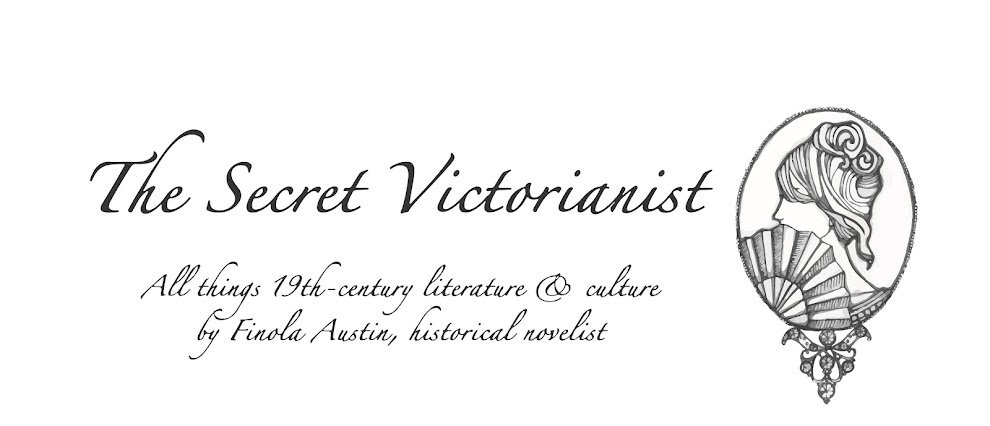In my Writers’ Questions series, I’ve been tackling need-to-know topics about the craft and business of writing, but in today’s post it’s time to get a little more emotional. If you’re a writer you know how great it feels when you’re in the zone. The words flow. Time passes quickly. You meet your word count goals with ease. But what about when you’re just not feeling it? How can you become unblocked, so you’re not just staring at an empty page?
I’ve blogged before about motivation, including making and finding time to write, so I’m going to skip over that here and presume you have all the resources at your fingertips and the desire to write inside you. But it’s just not happening. Now what?
Outline
Maybe you’re stuck because you don’t know what happens next in your book. If so, perhaps it’s time to try plotting vs. pantsing (i.e. flying by the seat of your pants). I’ve written a full post on the pros and cons of outlining novels and how to go about this approach.
Switch formats
If you have a day job that involves staring at a computer screen (or if you’re just a twenty-first-century human with a phone!) you might not want to stare at blue light in your evenings too. So, if your head is pounding as the white document blinks at you, close that laptop and pick up old-fashioned pen and paper. You might find that it helps to spill real ink.
Try a different location
I feel most creative while sitting on the floor. Why? I’m not sure, but try working in different places and see what makes sense for you. In previous years I would have advised you to try writing in a coffee shop or on a plane, but in our current reality, perhaps it’s time to discover new and unusual writing spots at home…
Jump to a scene you’re excited about
There shouldn’t be a single scene in your novel that’s boring. If there is, why is in your book? And I’m normally a proponent of writing in a linear way. But if you’re really struggling and there’s a pivotal moment in your novel (e.g. the climax, a first kiss, a dramatic fight scene) that you can picture clearly, skip to that part to get your writing mojo back.
Move your body
Have you been hunched over a computer for hours? Days? Weeks?! Maybe it’s time to move and leave your writing alone. Inspiration often strikes me while I’m on a walk or mid-exercise class, so get your blood pumping.
Reward yourself
If all else fails, bribery is the answer. You can have your favorite food for dinner. You can watch the next episode of that binge-worthy show. But if—and only if—you get those damn words on the page.
What other strategies do you have for beating writer’s block? I’d love to hear them! Let me know—here, on Facebook, on Instagram, or by tweeting @SVictorianist.
Want monthly updates from me on my blog and my writing, including my debut novel, Bronte’s Mistress? Sign up for my email newsletter below.
Get updates on my writing



